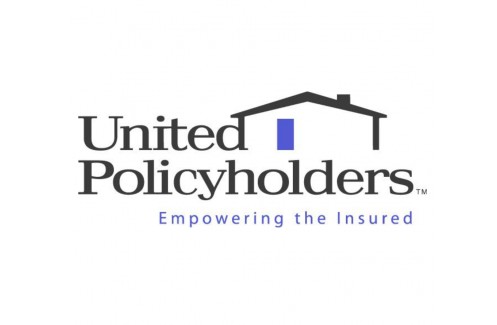This question was the topic of an article in Claims Magazine, Putting Procedures in Writing: Is a Claim Manual an Asset or a Liability? From a policyholder’s advocate viewpoint, I think an insurer would be crazy not to have a claims manual or claims procedure guidelines. Most state unfair claims trade practice laws generally require insurers to adopt and implement those standards and procedures. Still, I can appreciate an insurer’s claims management wondering whether such procedures, if violated or followed, could give rise to liability. I found the article to be thought provoking and worth consideration by many of the readers of this blog who represent insurer interests.
I agree with this observation in the article:
In terms of bad-faith worries and claim manuals, it is often better to explain one miscue than to tell a judge or jury that the insurer has nothing in writing for claim personnel to use as their guide, and that there are no minimum performance requirements.
At its best, a superb claim manual is current; addresses known issues; and offers guidance for lesser-known issues. It can be an excellent education tool for adjusters and can represent a company’s best effort to comply with legal and ethical standards. The shelf life of a claim manual deserves recurring attention, though. Competent legal counsel should review and finalize the document, assuring consistency with local laws.
Some tips regarding these manuals were also addressed:
- Review, update, and "vet" the claim manual regularly. It should not be a static document or a "credenza decoration" that gathers dust. Drafting a claim manual is a job that is never "done" or completely finished. Company management should update it to reflect current practices and standards.
- Make the manual available in an electronic format, on-line to adjusters. Corporate intranets are effective for this. Further, electronic versions lend themselves to easy updating and revision. Adjusters are more likely to click an on-screen tab to access a claim manual than to walk down the hall and physically pull a book off of a shelf.
- In any document preface, include verbiage stating that the claim manual is simply a guide, rather than a book of rules to be followed mechanically or blindly, no matter what.
- Incorporate ongoing training and "refresher" courses with the claim staff periodically using the manual as a resource. A claim manual should be an ongoing cornerstone of continual staff training, not a one-time project that is checked off a list and then forgotten.
- Have outside legal counsel visit the claim department periodically for training sessions, round-table discussions, and Q&A exchanges. Themes here can relate to points and principles contained in the manual, whether they apply to three-point contact, handling suit papers, or drafting reservation-of-rights letters. Ambitious offices could arrange for a bad-faith attorney to visit and speak to what gets insurers and claim departments in trouble. In turn, this might generate ideas about new areas to incorporate in the claim manual, or existing areas to excise.
The best insurance companies train their adjusters constantly. Adjusting concepts are taught, repeated, and reinforced. I know that my rhetoric and that from my colleagues can be very pointed regarding any individual case or when claim decisions are being determined by economic considerations detrimental to a policyholder rather than the merit of a particular loss. As a result, many routine and very good claims practices are often never mentioned by anybody from the policyholder’s side. This is because it is easy to simply stereotype an opponent insurer rather than to understand, appreciate, and acknowledge meritorious and well meaning attempts at training and preparing adjusters to provide outstanding service to customers after a loss. Many of my policyholder colleagues do not appreciate that this effort exists in many claims departments because they do not take time to study claims management and adjustment.



